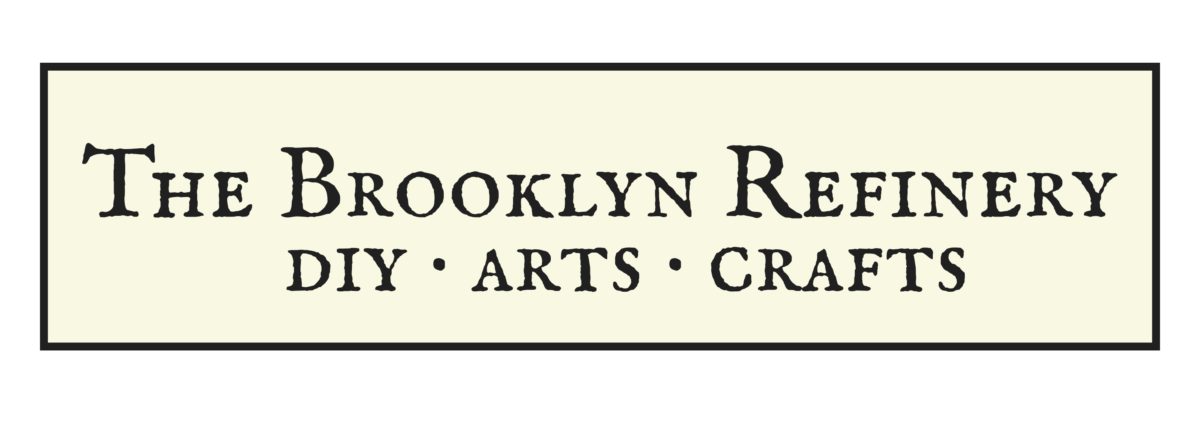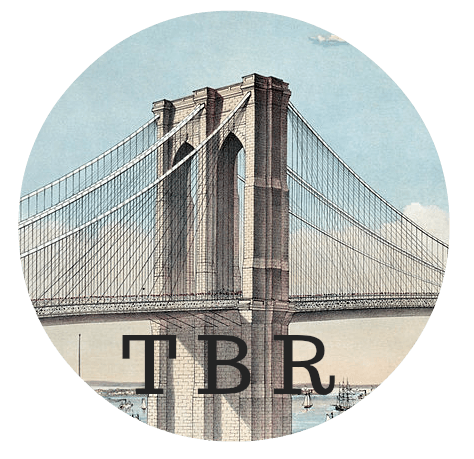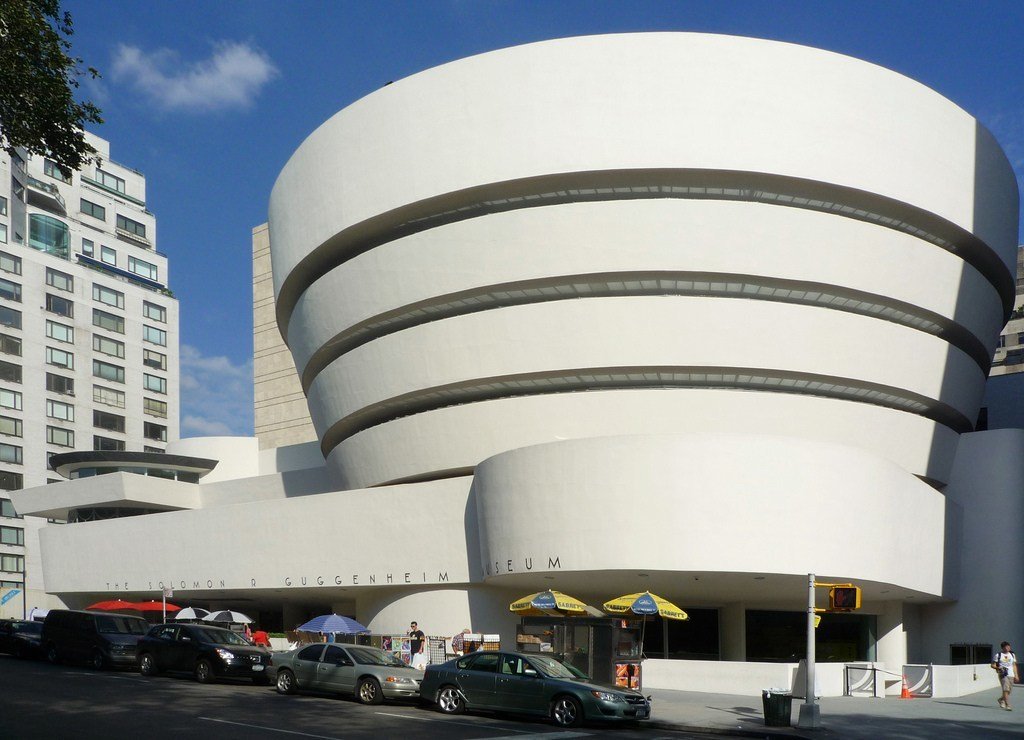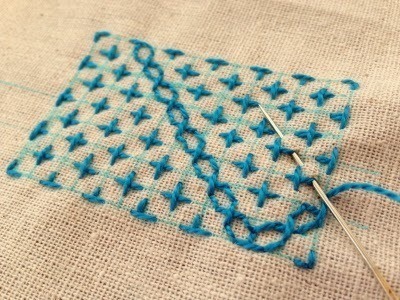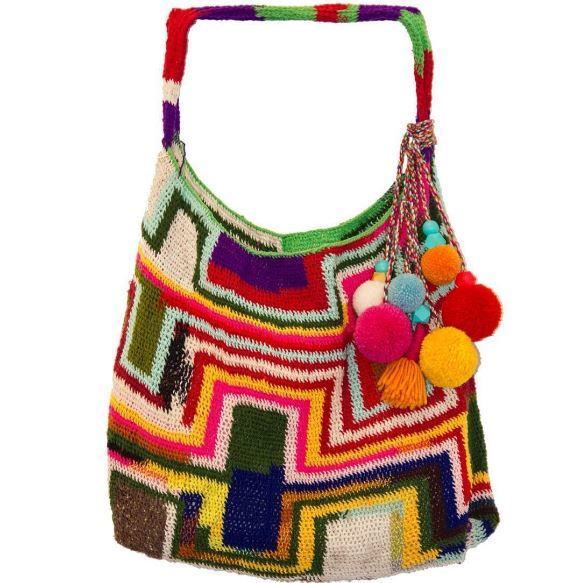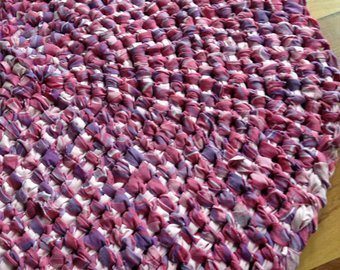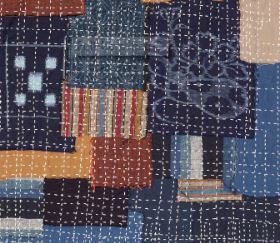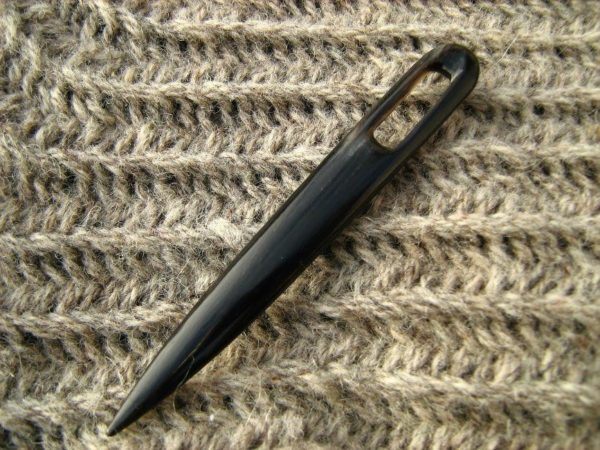How to Make an 8 Bit Video Game Cross Stitch
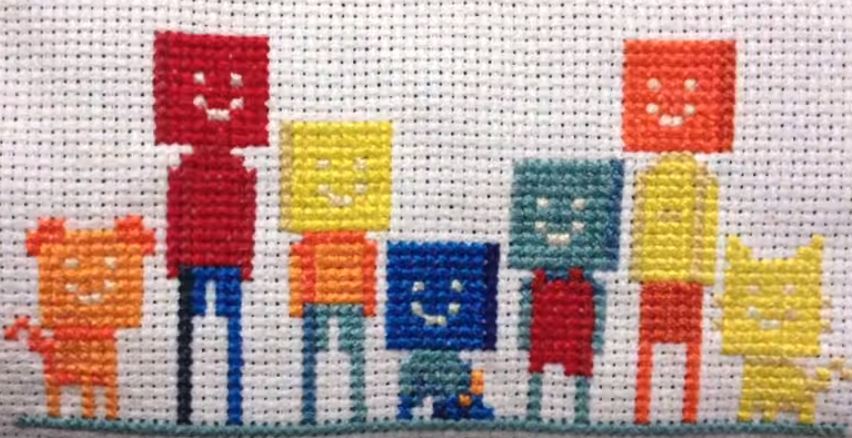
Photo via Pixelkin's Make Your Own Video Game Cross-Stitch!
Making a cross-stitch picture based on an 8-bit video game character or setting is a perfect project for those who are nostalgic for early video games.
Imagine a picture made up of little x’s, all the same size, with a color palette that’s as simple or as complex as it needs to be to make the image. A cross stitch picture is made up of a series squares formed by one stitch crossing another stitch. The little ‘x’ squares are stitched with a needle and thread on a piece of woven fabric, which has vertical and horizontal threads – a grid. The weave has obvious openings between the threads, with enough room for the needle and thread to pass through.
8-bit images from early video games are made up of pixels, which look like little squares. The word 'pixel' was invented from "picture element," and is defined as the basic unit of programmable color on a computer display or in a computer image.
In the video below, Courtney Holmes of Pixelkin walks us through the process of creating cross-stitch artwork based on your favorite 8-bit game character.
The Steps
Choose a Character – There are so many great characters to choose from! But, you might want to consider a character with few colors and shading for your first project. Keep it simple when you're starting out. With practice, you'll be able to tackle your favorite characters, no matter how complex their designs are.
Make the Pattern – Print out a character in color. You’re going to create a grid pattern that will translate into your cross stitch. To do that, use a pen or pencil and a ruler, and draw right on your printout. Draw vertical and horizontal lines which map out the edges of the pixel boxes. Then, number the grid boxes, both at the top and on the left hand side.
Assemble your Supplies and Materials - Below is a list of items to get you started (links below are to Amazon. As an Amazon Associate I earn from qualifying purchases - at no extra cost to you):
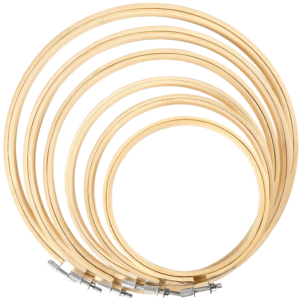
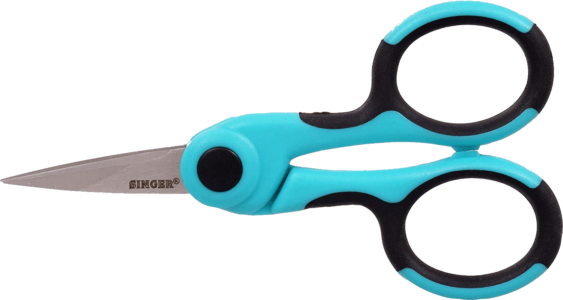
Embroidery needles or Cross Stitch needles – these needles have bigger eyes to accommodate the embroidery thread thickness.
Embroidery floss – cotton floss is the most commonly used embroidery and cross stitch thread. They are made up of 6 strands that are easily separable and loosely twisted together. It’s easiest to use lengths that are 12 – 14” to prevent knotting. Two companies that have been manufacturing floss since the 1800s, and are considered the best to use, are DMC and Anchor. You can also use silk and metallic thread (for accents, shading, embellishments, and overall sparkly goodness), or hand dyed threads which can create variegated patterns.
Cross stitch fabric – this fabric is stiffer than most fabrics, and has spaces, or holes, between the vertical and horizontal woven threads, allowing for easy and even stitching. Tip: you don’t need to use white fabric. You can choose a color that’s a good contrast for your character. Recommended: 14 count cotton fabric by Aida (Aida cross stitch fabrics are woven with the threads grouped together into bundles – which creates obvious holes for your needle work).
Scissors - you'll want to work with small, precise scissors meant for clipping details, with handles designed for comfort.
Embroidery hoop - polished bamboo hoops are easy to use, and come in several sizes. It's good to have several sizes on hand if you like to create different sized cross stitch pieces, based on the image you're making.
Below is a video from MadeByMarzipan which details everything you need to know about Cross Stitching for Beginners.
If you prefer beginner instructions in text and illustrations, click over to Stitched Modern's 'A Beginner's Guide to Cross Stitch' for a great tutorial.
Helpful Tips and Links
For a guide of different cross-stitch pattern-making computer programs, check out Lord Libidan's review page
&
Looking for free online cross stitch generators? Check out patternsforyou.com, myphotostitch.com, and craftdesignonline.com
+
Make Magazine has a tutorial for creating cross-stitch patterns from images using myphotostitch.com
?
Check out Lord Libidan's 500+ free cross stitch patterns, including Video Game characters, TV and Film characters, and Anime Characters.
!
Use the free-to-use make8bitart to draw your own pixel art, and use to design embroidery or cross stitch patterns.
&
Use step-by-step pictorial tutorials for embroidery and cross stitching from Shanon Downey.
For your library...
Do you collect crafting books? Check out a page of various cross stitching books: how-to's, classic designs, subversive designs, feminist-based patterns, miniature designs, and trendy and traditional designs.
Did You Know?
“Cross-stitch is the oldest form of embroidery and can be found all over the world since the middle ages. Many folk museums show examples of clothing decorated with cross-stitch, especially from continental Europe, Asia, and Eastern and Central Europe.
The cross-stitch sampler is called that because it was generally stitched by a young girl to learn how to stitch and to record alphabet and other patterns to be used in her household sewing. These samples of her stitching could be referred back to over the years. Often, motifs and initials were stitched on household items to identify their owner, or simply to decorate the otherwise-plain cloth. The earliest known cross stitch sampler made in the United States is currently housed at Pilgrim Hall in Plymouth, Massachusetts. The sampler was created by Loara Standish, daughter of Captain Myles Standish and pioneer of the Leviathan stitch, circa 1653.
Traditionally, cross-stitch was used to embellish items like household linens, tablecloths, dishcloths, and doilies (only a small portion of which would actually be embroidered, such as a border). Although there are many cross-stitchers who still employ it in this fashion, it is now increasingly popular to work the pattern on pieces of fabric and hang them on the wall for decoration. Cross-stitch is also often used to make greeting cards, pillowtops, or as inserts for box tops, coasters and trivets.
Multicoloured, shaded, painting-like patterns as we know them today are a fairly modern development, deriving from similar shaded patterns of Berlin wool work of the mid-nineteenth century. Besides designs created expressly for cross-stitch, there are software programs that convert a photograph or a fine art image into a chart suitable for stitching. One example of this is in the cross-stitched reproduction of the Sistine Chapel charted and stitched by Joanna Lopianowski-Roberts.
There are many cross-stitching "guilds" and groups across the United States and Europe which offer classes, collaborate on large projects, stitch for charity, and provide other ways for local cross-stitchers to get to know one another. Individually owned local needlework shops (LNS) often have stitching nights at their shops, or host weekend stitching retreats."
Source: Cross Stitch Wiki
Having fun with new and traditional crafts, art, design, DIY, and freebies.
TRENDING & POPULAR
FREE ART BOOKS ONLINE Start your own free collection of art books from three major museums.
DISCOVER SASHIKO STITCHING Learn how to make traditional Japanese decorative stitches for quilting, mending, and upcycling.
BILUM Discover a fabric-making technique used in Papua New Guinea that can be used to make bags and dresses.
HOW TO MAKE AN AMISH RAG RUG There's no sewing required to make this traditional homemade crafted item.
35,000 FREE KNITTING & CROCHETING PATTERNS Use our easily searchable list to find free patterns by Rowan, Vogue, Lion Brand, Berroco, and more.
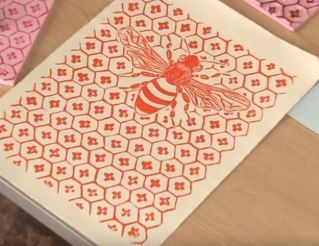
HOW TO MAKE A LINOLEUM BLOCK PRINT Watch how-to videos for beginners explaining the basic step-by-step process of making a linoleum block print.
HOW TO MAKE A BORO BAG Learn how to make a stand-out bag using a Japanese patchwork technique and Sashiko stitching.
'KNIT' LIKE THE VIKINGS Discover an ancient fabric-making technique that's still done today, pre-dates knitting, and doesn't unravel.
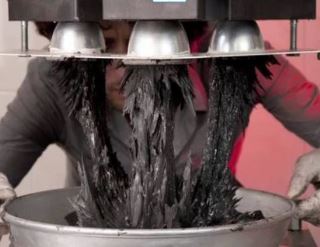
MAGNETIC CLAY CERAMICS Ceramic artists working with magnetic clay can play with the forces of nature to create fantastical structures.

